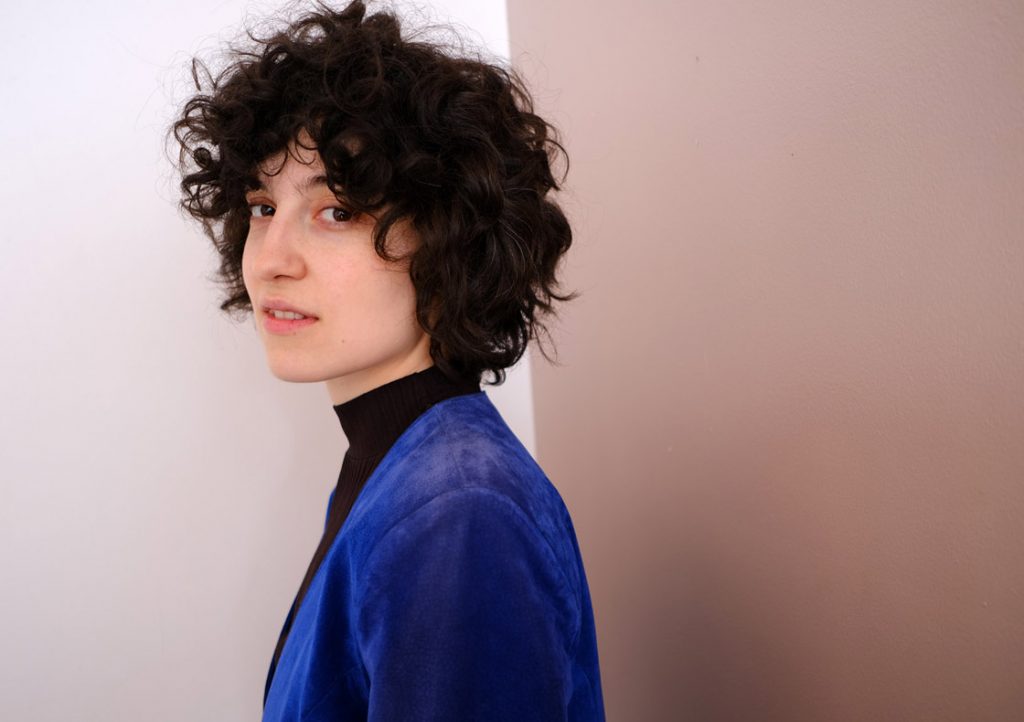ellen belshawM&M Residency

Expanding on research pursuits previously conducted in Mexico, belshaw intends to use the M&M curatorial research residency to consider notions of reconnection across generations, place and cultural practices. This interest stems from recurring conversations the curator has had with artists in Mexico and internationally who have expressed their preoccupation with reconnecting to something with which they have lost touch. For some, it is the language of their families, often still spoken only one or two generations back. For others it is traditional recipes they never learned to prepare, or places where generations have lived but they have never visited (or have no access to with current political borders). These conversations have often arrived at similar questions: How do we connect with our heritage when we don’t live on the land of our ancestors, when we don’t speak the same language(s)? How can current technologies hinder or encourage these connections? How do these questions affect the ways we engage with our communities, the land, and how we think about the future of our planet? Through critical postcolonial approaches, belshaw intends to let the experiences of artists living and working in Mexico as well as the Laboratorio Arte Alameda archives shape the direction of this residency.
The goals of the M&M Curatorial Research Residency Program are to encourage dialogue and the sharing of knowledge and to instigate a means of creation and exchange between the active players of the contemporary art milieu in two major poles of contemporary art in North America. While allowing curators in Montreal and Mexico – established or emerging – to put forward ideas, concepts and innovative initiatives in current art, this program will act as a strategic platform for bridging the two communities together.

ellen belshaw is a curator, writer, photographer, editor and drummer based in Montreal/ Tiohtià:ke, Canada. Their interests lie in the complexity of relationships, both interpersonal and with the world around us, which they approach from a background of critical spatial theory, queer theory, and intersectional feminism.
